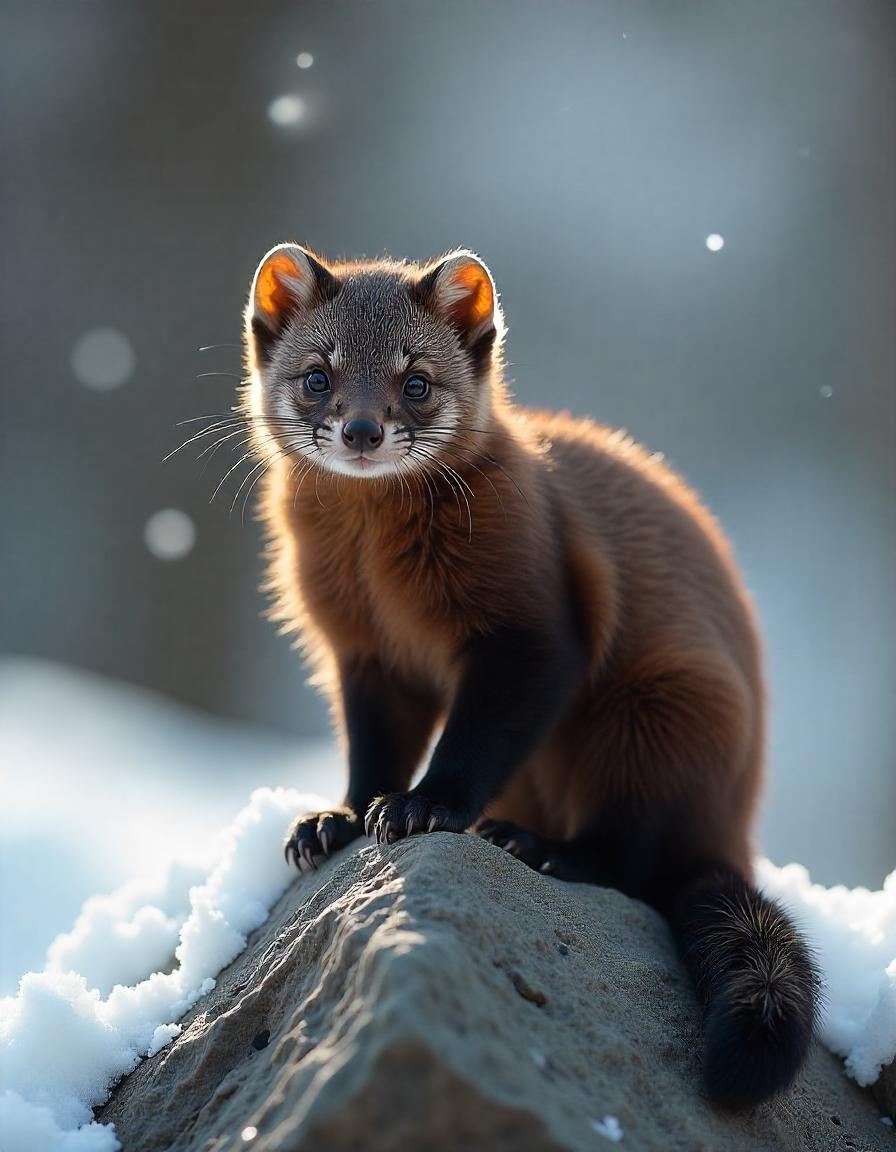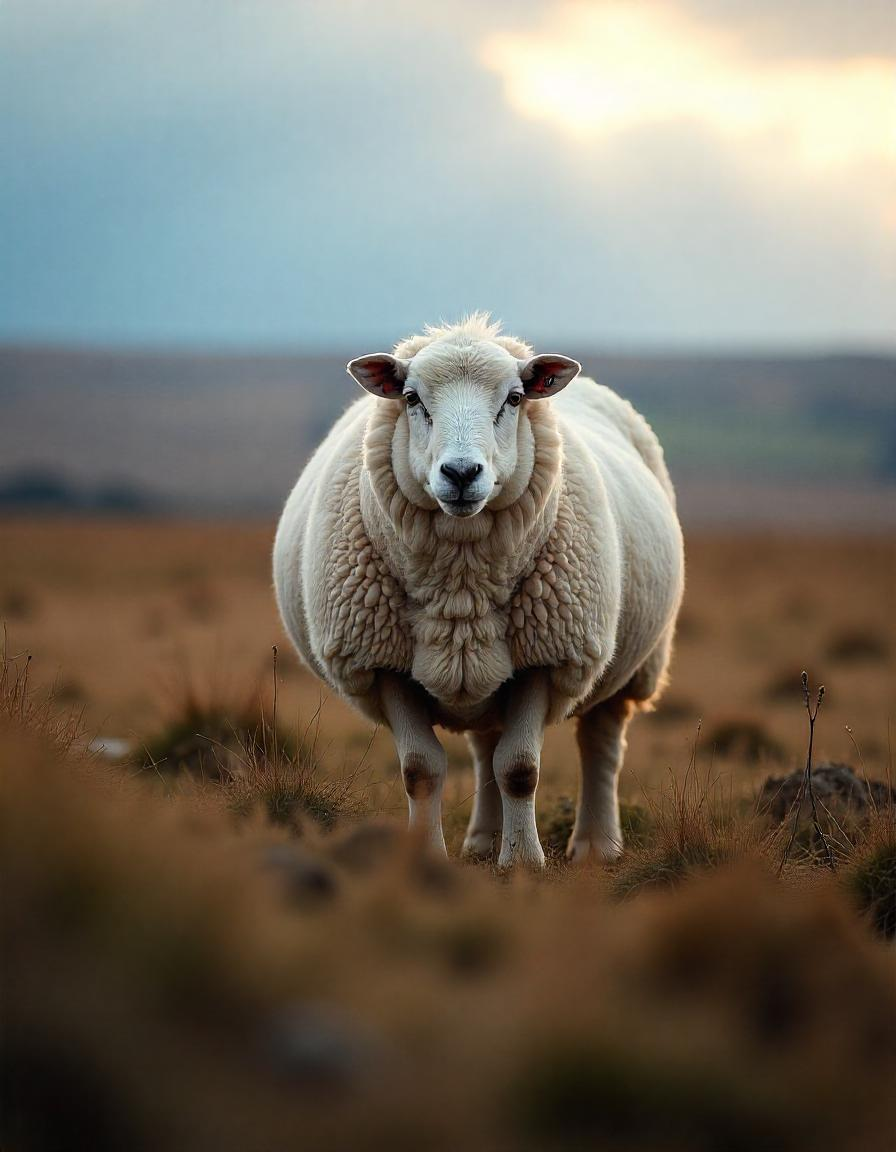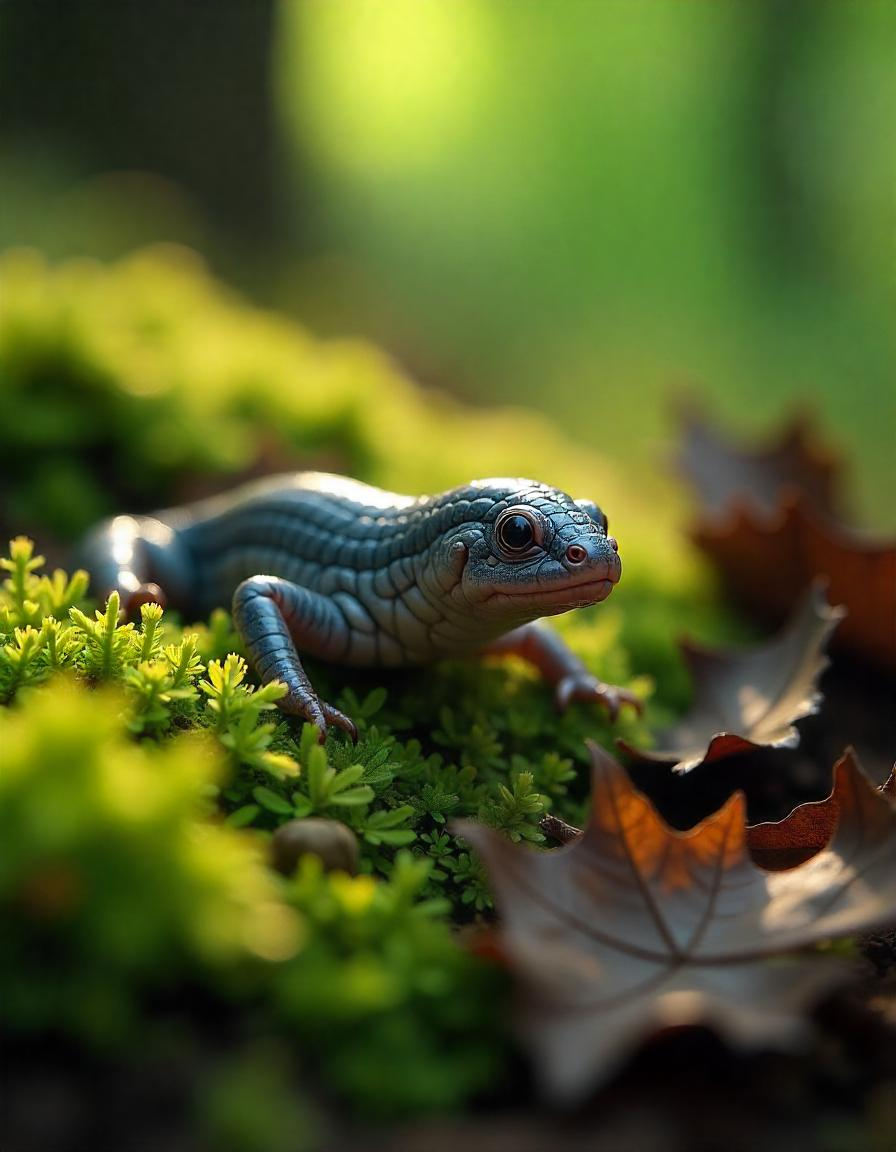After more than a century of absence, the elusive pine marten has made a triumphant return to Dartmoor, marking an extraordinary milestone in wildlife conservation. These small but powerful carnivores, belonging to the weasel family, have long been a vital part of Britain’s natural ecosystem. Their reappearance on Dartmoor’s rugged landscape is not only cause for celebration but also an inspiring example of how dedicated conservation efforts can yield remarkable results.
The Disappearance of Pine Martens
Historically, pine martens thrived across Britain, including Dartmoor’s dense woodlands. However, by the 19th century, their numbers plummeted due to habitat loss, deforestation, and persecution by gamekeepers. With their homes destroyed and food sources dwindling, pine martens disappeared from much of their range. By the early 20th century, they were confined to remote parts of Scotland, teetering on the brink of extinction in England.
How Pine Martens Have Returned
The reappearance of pine martens on Dartmoor is the result of decades-long work driven by conservation groups and wildlife specialists. Here’s how this achievement was made possible:
Habitat Restoration
The key to welcoming the pine marten back was restoring its preferred habitat. These creatures need mature forests with plenty of hollow trees to nest in, along with a healthy population of small mammals to hunt. Dartmoor’s reforestation projects and careful management of woodland areas created the ideal conditions for their return.
Conservation Breeding Programs
Efforts to boost the species’ population included breeding programs where pine martens were carefully reared in semi-wild environments. Some of these individuals were later released into protected areas, including parts of Dartmoor, under closely monitored conditions.
Protection Measures
Stronger legislation now protects wildlife in England, including the pine marten. Increased public awareness about the importance of protecting predators—from foxes to martens—is making it safer for these animals to reclaim their former territories.
Why Pine Martens Matter
The return of pine martens has significant ecological benefits. These agile predators play a crucial role in balancing ecosystems. By controlling populations of small rodents, such as voles and mice, they prevent overgrazing, which can harm forest regeneration. Additionally, their presence heralds the health of Dartmoor’s restored habitats since pine martens rely on resilient, biodiverse ecosystems to survive.
While their diet mainly consists of small mammals, pine martens are opportunistic feeders, enjoying berries, insects, and even bird eggs. This adaptability makes them a keystone species that contributes to the diversity of the environments they occupy.
What Pine Martens Look Like
Pine martens are unmistakable creatures with sleek bodies and bushy tails that aid in balancing as they leap through trees. They have dark brown fur accented by a striking creamy-yellow “bib” on their chests. Although they resemble a blend of a fox and a cat, their playful but solitary demeanor sets them apart.
Where to Spot Pine Martens on Dartmoor
Seeing one of these shy creatures in the wild is a rare treat that requires patience and a sharp eye. Their preferred habitats are wooded areas with dense foliage, which provide plenty of cover during the day. Key locations on Dartmoor include the Bovey Valley Woods, Bellever Forest, and secluded patches around Fernworthy Reservoir.
Pine martens are most active at dawn and dusk, making these “twilight hours” the ideal time to look for them. Signs of their presence, like scats (droppings) and scratch marks on trees, can also indicate nearby activity.
Challenges Ahead
While the return of pine martens is a reason to celebrate, challenges remain in ensuring their long-term survival. These include the risk of road collisions, disturbances from human activity, and competition with other predators like foxes and polecats. Continued monitoring and habitat protection will be essential to support stable populations on Dartmoor.
How You Can Help
You can contribute to the success of conservation efforts on Dartmoor by adopting a few simple practices:
- Support Local Conservation Groups
Volunteer with or donate to organizations working to restore habitats and protect wildlife in the region. - Follow Wildlife Etiquette
Stay on marked paths, avoid disturbing animals or nesting sites, and never leave litter behind when visiting Dartmoor. - Spread Awareness
Share the story of the pine martens’ return to inspire others to value and protect Dartmoor’s biodiversity.
A Bright Future for Dartmoor’s Wildlife
The sighting of pine martens on Dartmoor is a symbol of hope for wildlife conservation. Their presence reflects the tireless dedication of conservationists, highlighting what can be achieved when humans work in harmony with nature.
With continued efforts and responsible stewardship, Dartmoor can remain a thriving sanctuary for pine martens and other extraordinary species for generations to come. Why not plan a visit and experience the wonder of this restored wilderness? You may just encounter a glimpse of this enigmatic animal as it reclaims its rightful home.



